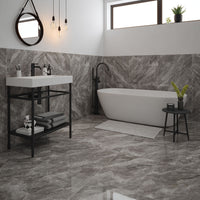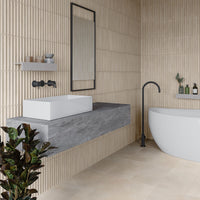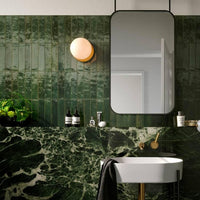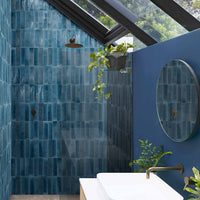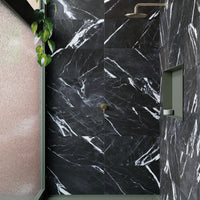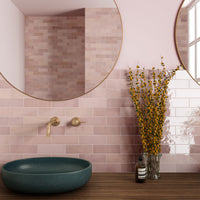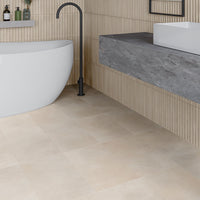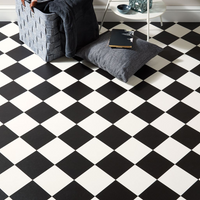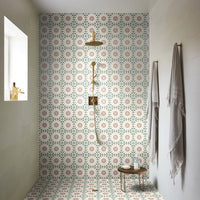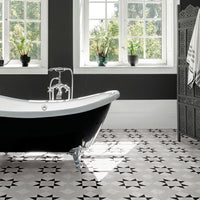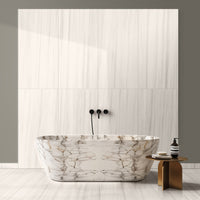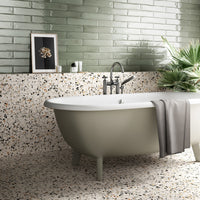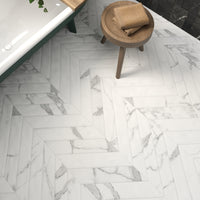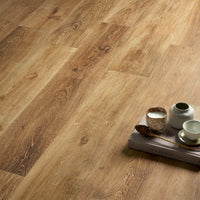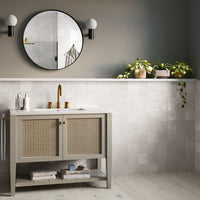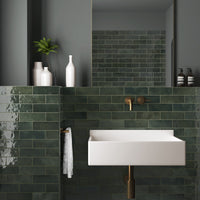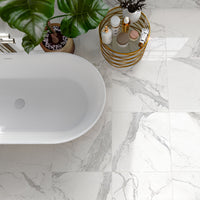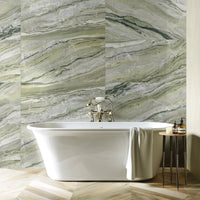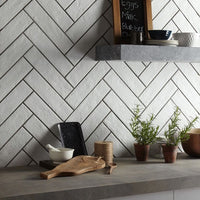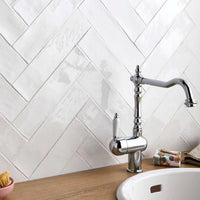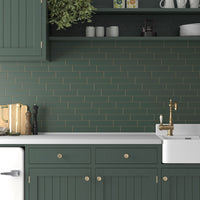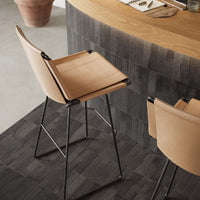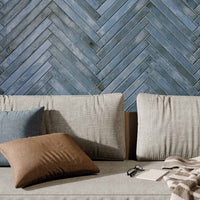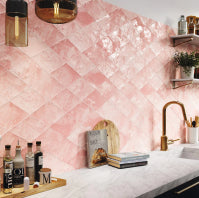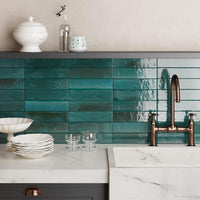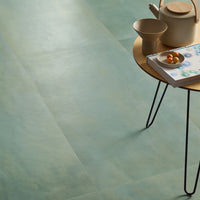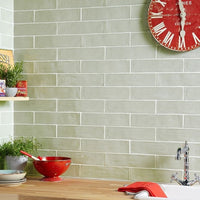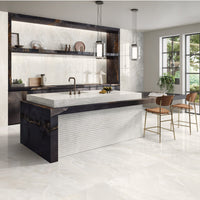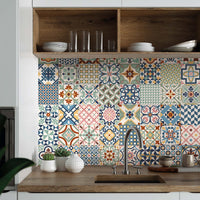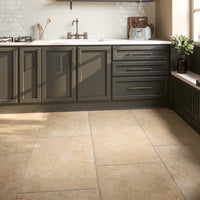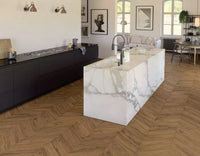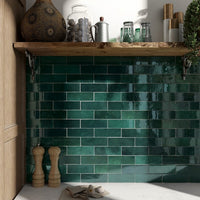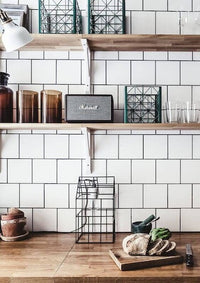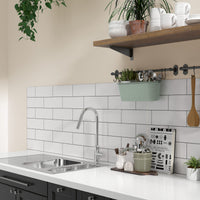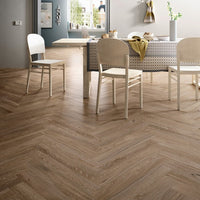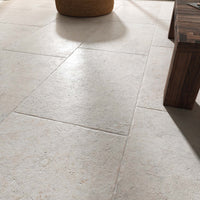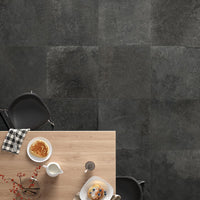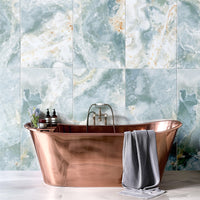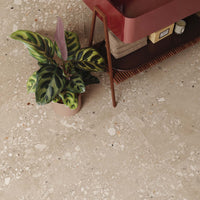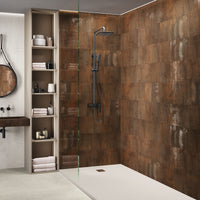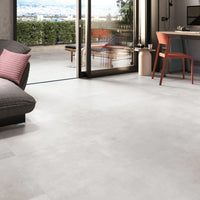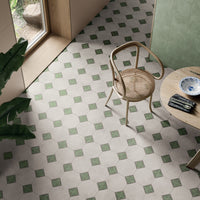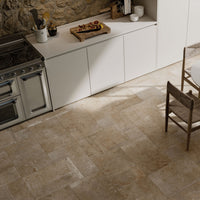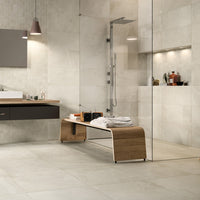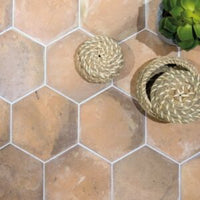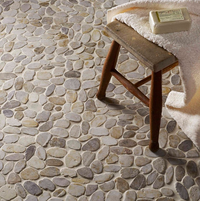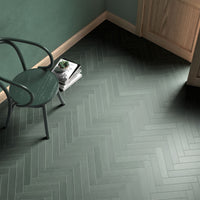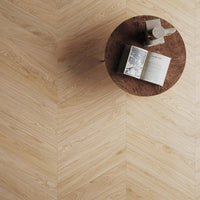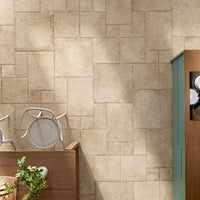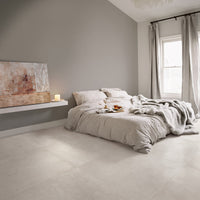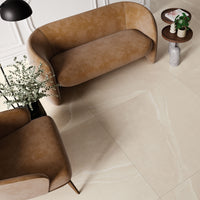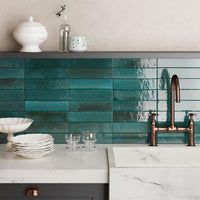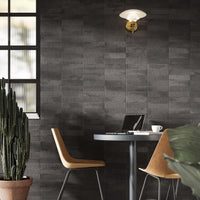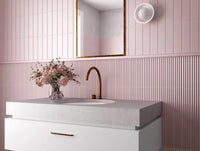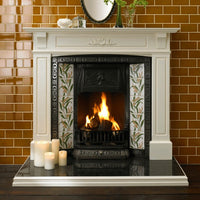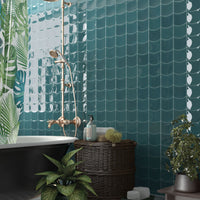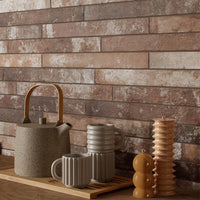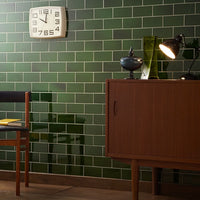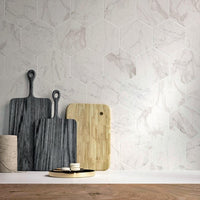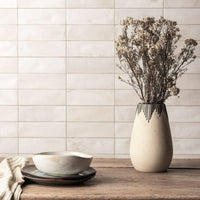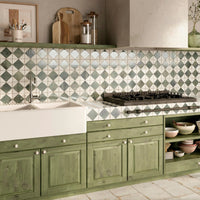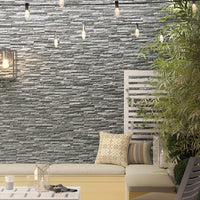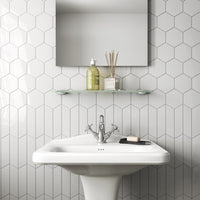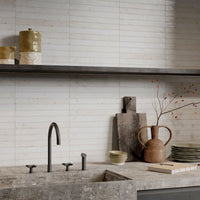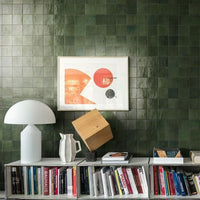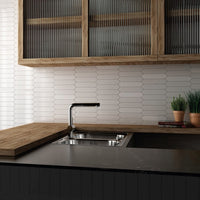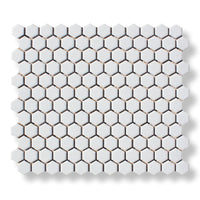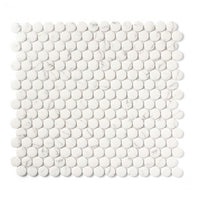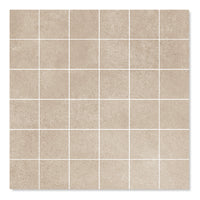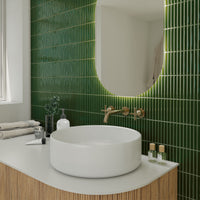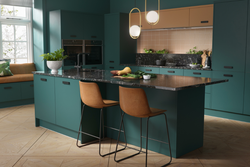Tile Trivia is a sideways glance at the decorated history of tiles. We’ll delve into a different story each time, taking you on a journey that stretches thousands of years – from the very first pieces of painted pottery to the space age materials on the Shuttle and beyond.
For the first instalment in this series, we’ll be taking a look at the gorgeous cement tiles found in the famous Notre Dame cathedral in Ho Chi Minh City, Vietnam.
Sitting on its own island and backing in the glorious sunshine, the Notre Dame is a must-see attraction for any self-respecting tourist and their selfie stick. I should know, I’m one of them. But I’m not in Paris on the famous Île de la Cité island in the River Seine – instead, the building in front of me is its lesser-known namesake, thousands of miles away in Vietnam.
Like its elder sibling, this beautiful cathedral also sits on an island – although in this case, it’s a traffic island in the centre of bustling Ho Chi Minh city. However, with her elegant red-brick facade juxtaposed against the gleaming glass buildings of this modern metropolis, the Basilica of Our Lady of The Immaculate Conception, to give the official title, is every bit as iconic as her name suggests.
A Little History
Along with Laos and Cambodia, Vietnam was part of Indochine Francais, the collective name for the area of Southeast Asia controlled by the French in the late 1800s. Although imperialists would claim to be helping an impoverished population, their real motive was more likely profit – these lands were rich in resources and raw materials. Rubber, opium and the like.
Take a stroll down the wide boulevards of downtown Ho Chi Minh City today and it’s pretty easy to spot the French influence. Small ‘banh mi’ baguettes are sold on street corners, coffee shops are everywhere and ladies are referred to as ‘ma đam’.
Wherever you wander, you’re likely to come across exquisitely decorated cement tiles. Back in the day, France was the epicentre of handmade tile production so naturally, French businessmen exported their machinery and know-how to their new colony. And when the French left, they left behind a generation of Vietnamese trained in the fine art of handmade cement tiles.
Our Lady Of Saigon
And of course, in this largely Buddhist country the twin towers of the Notre Dame cathedral are a lasting reminder of its colonial past. With the French came Catholicism, and with Catholicism came the need for a religious building. An abandoned pagoda became a church, but when termites damaged the wooden structure the need for a stone-built building became apparent and the site for the current cathedral was chosen.
Building work began in 1877 and legend has it that the building materials – tiles, bricks, bells and all – were imported all the way from Marseille. The original colonists wanted something special and boy, did they get it. Upon completion, the cathedral was called the most beautiful building in all of Indochina. And today, its neo-romanesque architecture is one of the symbols of Vietnam – the backdrop for tourist selfies and local wedding shots alike.
Hexagon Tiles!
If you can make it past the crowds and cameras, you’ll be greeted by a quite, peaceful interior that makes a welcome relief from the hustle and bustle of the surrounding streets. It’s perhaps less ornate than a European cathedral, but just as beautiful.
The flooring is made up of hexagon shaped cement tiles that form a visual treat. Each tile is decorated in black, white and grey and laid together, they give the impression of an elaborate 3D floor. This geometric cube pattern is simple yet utterly sophisticated – the perfect tribute to such a glorious building.
Now back to that legend. Although many of the tiles have ‘Guichard Carvin, Marseille’ to note their heritage scribed on the back, a fair few are carved with the words ‘Wang-Tai Saigon’. Of course, these could be modern replacements for the original French tiles that have been damaged over time… but seeing as I’m actually writing this in Vietnam, I thought I’d do a little digging…
A trader in Saigon
A mysterious figure, it seems that Wang Tai was a man of many talents. Born in China, he arrived in Saigon, as Ho Chi Minh City was then known, and lent his name to a successful brick-making factory. As his fortune rose, he built a number of grand brick residences in the city – at a time when even the colonial administrators lived in wooden structures.
But there was also a rather murky side to Wang Tai. His brick and tile factories were a side business to his main trade – opium. The French administrators saw the drug as a way to make a fortune, and Wang Tai was their right hand man. A trader through and through, he quickly established a monopoly in the shipping and processing of opium from British India, making himself a vast fortune in the process.
Seeing these vast profits slip away from their grasp, the French sought to break up his monopoly and opened up ‘La Manufacture d’Opium’, a new factory to refine the opium resin. Bringing the trade under state control appeared to work and fairly soon, millions of francs in revenue were heading towards state coffers rather than Wang Tai’s personal account.
It didn’t end too badly for our trader. Certain reports indicate that he received the rank of Chevalier de l’ Ordre National de la Legion d’Honneu, the highest decoration in France. Whether this is fact or fiction remains to be seen, but he may well have had the last laugh.
Today, the factory built by the French to suppress his lucrative opium business has been turned into ‘The Refinery’, a top spot in Saigon for food and drink. I’m currently sat there writing this article, and all around me are glorious examples of antique cement tiles – supplied by a certain Wang Tai, no doubt.
The Notre Dame is due to be refurbished in the near future and it’s likely they’ll replace up to fifty thousand tiles. It seems a shame as these centenarian hexagons have so much history and stories to tell. However, Vietnam today has a thriving cement tile industry so perhaps a modern day Wang Tai will end up writing the next chapter in this illustrious building’s history?
Get The Look
It’s easy to fall in love with the geometry of the Notre Dame’s floor tiles. Our Cube Mix Hex is the closest modern day equivalent. Like the originals, its a hexagon tile in three colours that forms the cube pattern when laid.
